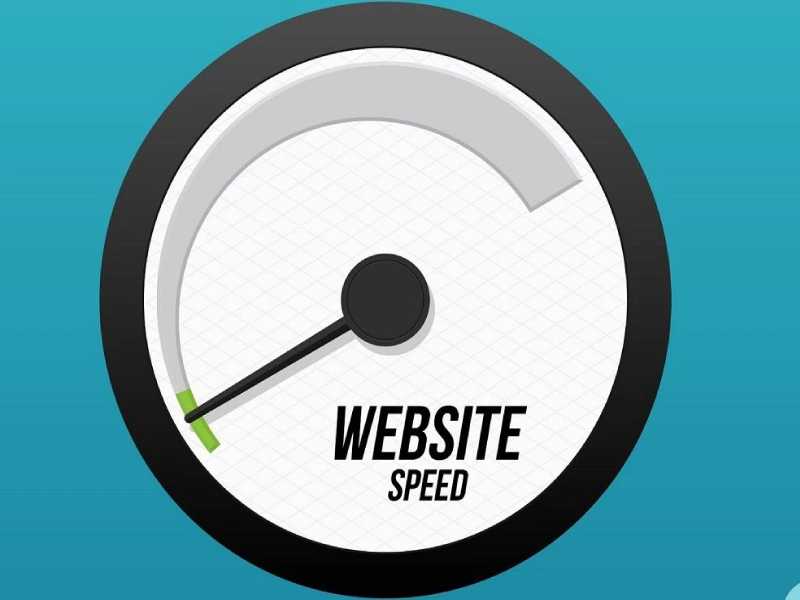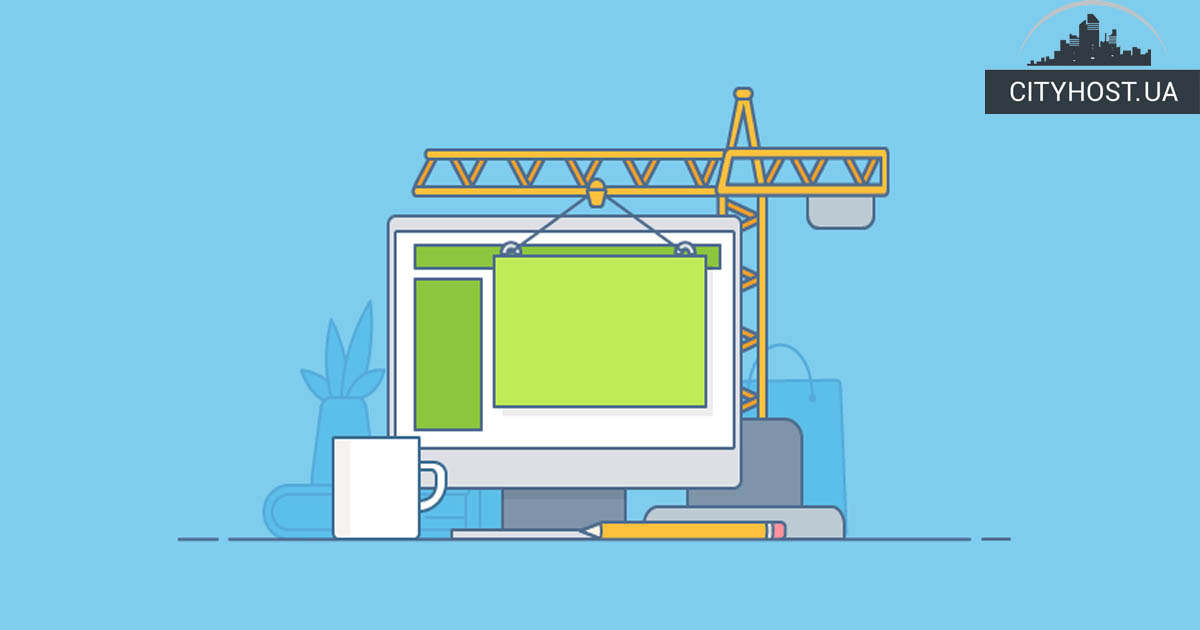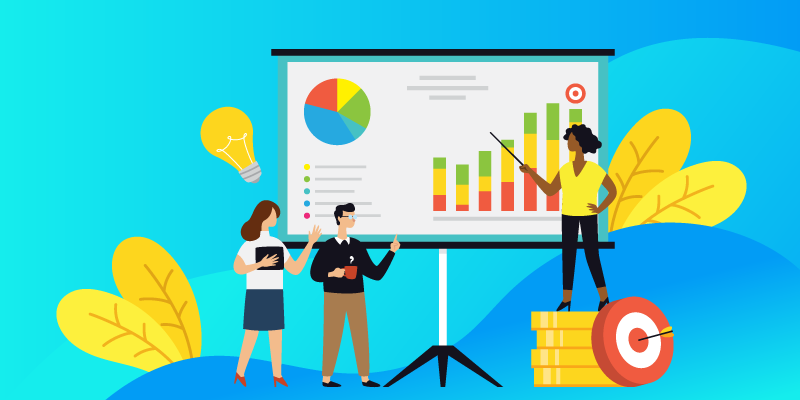 The SeoLib Guide
The SeoLib Guide
During the promotion of the site, it is necessary to regularly monitor the positions so as not to miss the moment when they will sink.
 ETXT copywriting exchange
ETXT copywriting exchange
Quality content – the key to successful promotion of the site. Everyone says this: SEO-optimizers.
 Usability of the site and a checklist for them
Usability of the site and a checklist for them
In the previous publication, we already considered what the usability of the site is and how it affects the ranking.
What is robots meta tag and why use it. What is the function of meta tag robots.
 The best services for the speed of site positions
The best services for the speed of site positions
Site loading speed – one of the key parameters of his work.
 How to work with Google Trends
How to work with Google Trends
The results of site promotion depend on many factors. For example, from the quality of the assembled semantic core.
 How to deal with pages that are no longer there and will not be
How to deal with pages that are no longer there and will not be
An online store needs more than just reliable website hosting.
 How anchors affect the site's search engine optimization
How anchors affect the site's search engine optimization
There are many myths about the influence of anchors on site promotion.
 The best photo stocks and picture exchanges, where to get pictures for the site
The best photo stocks and picture exchanges, where to get pictures for the site
Any site that is promoted in search engines should not only contain solid sheets of text.
 How to use the Advego service
How to use the Advego service
Everyone who works with websites and fills them with content knows about the Advego exchange.
 How to change the structure of the site and in what cases it is necessary
How to change the structure of the site and in what cases it is necessary
The need to change the structure of the site can arise for various reasons.
 How to write headlines for page optimization
How to write headlines for page optimization
Internal site optimization includes many points that search engines take into account.
Internal site optimization is one of the key stages of project advancement. Directed to work with the project itself: starting from the structure and ending with the content.
Internal optimization is primarily performed for users who will visit the site. The profit of the company directly depends on how well they understand the structure of the web resource, how easily they will be able to find the necessary sections and place an order. After all, if search engines see that people like the online store, and they spend a lot of time on it, then they increase their position in the search results.
If users log in and quickly log out, it means that the site's usability leaves much to be desired. Such a project requires refinement, and therefore does not deserve a place in the TOP-10.
Internal optimization includes work on:
Now you know what internal optimization is and what it gives. Even the 6 points listed above are enough to get into the TOP search engines. But they are actually much more. You will have to work with it constantly, since the internal optimization of the site never ends. You can always improve something. What exactly - read in the blog of the CityHost company.